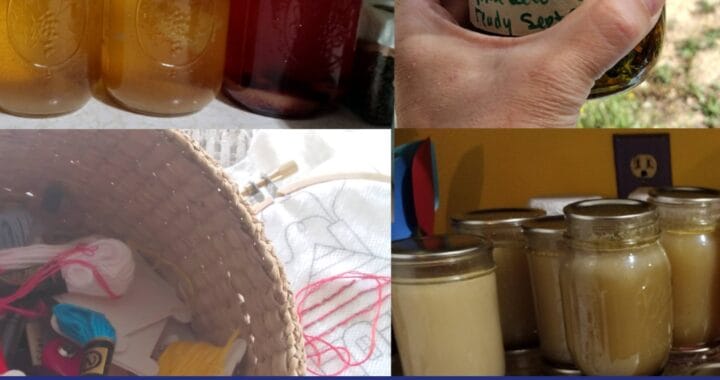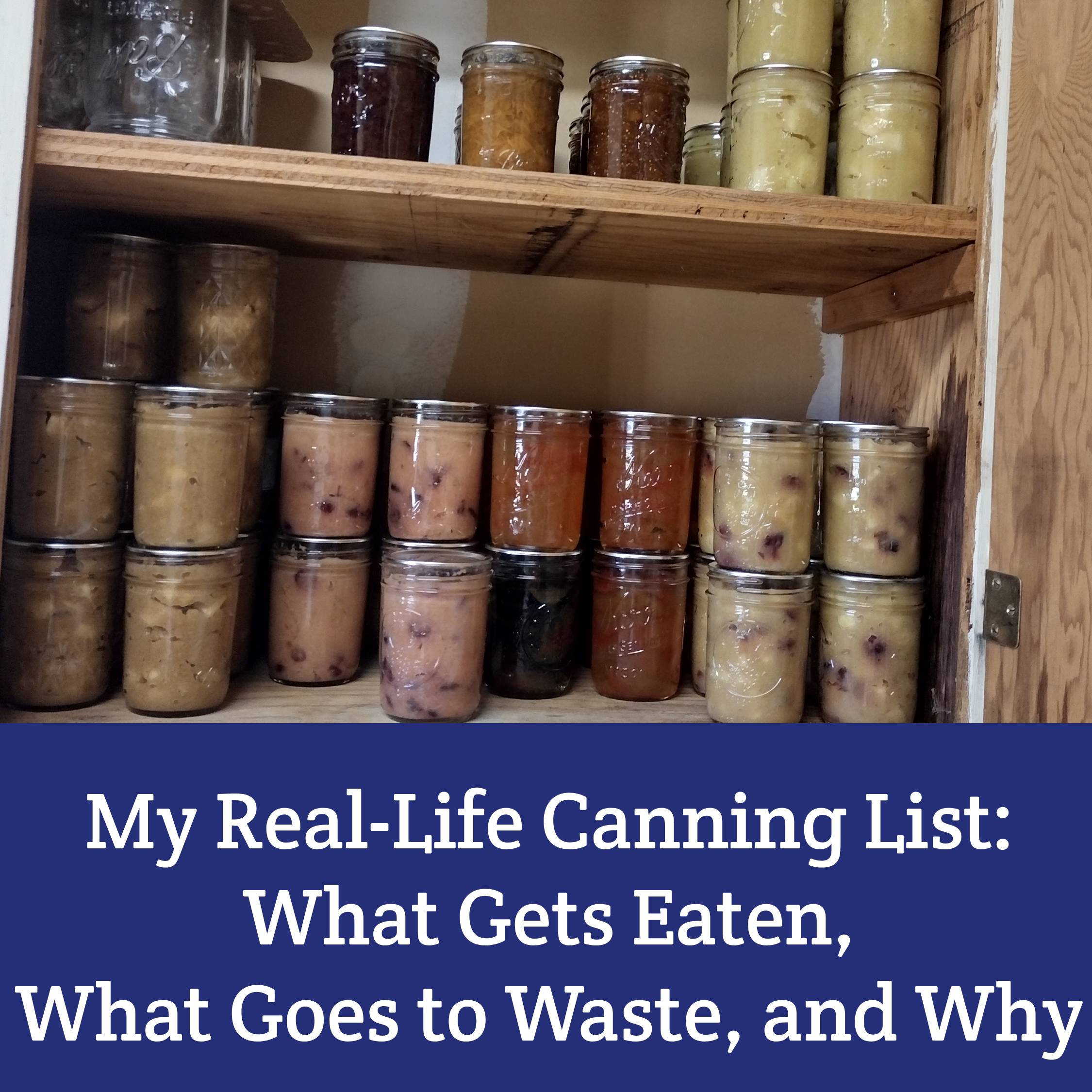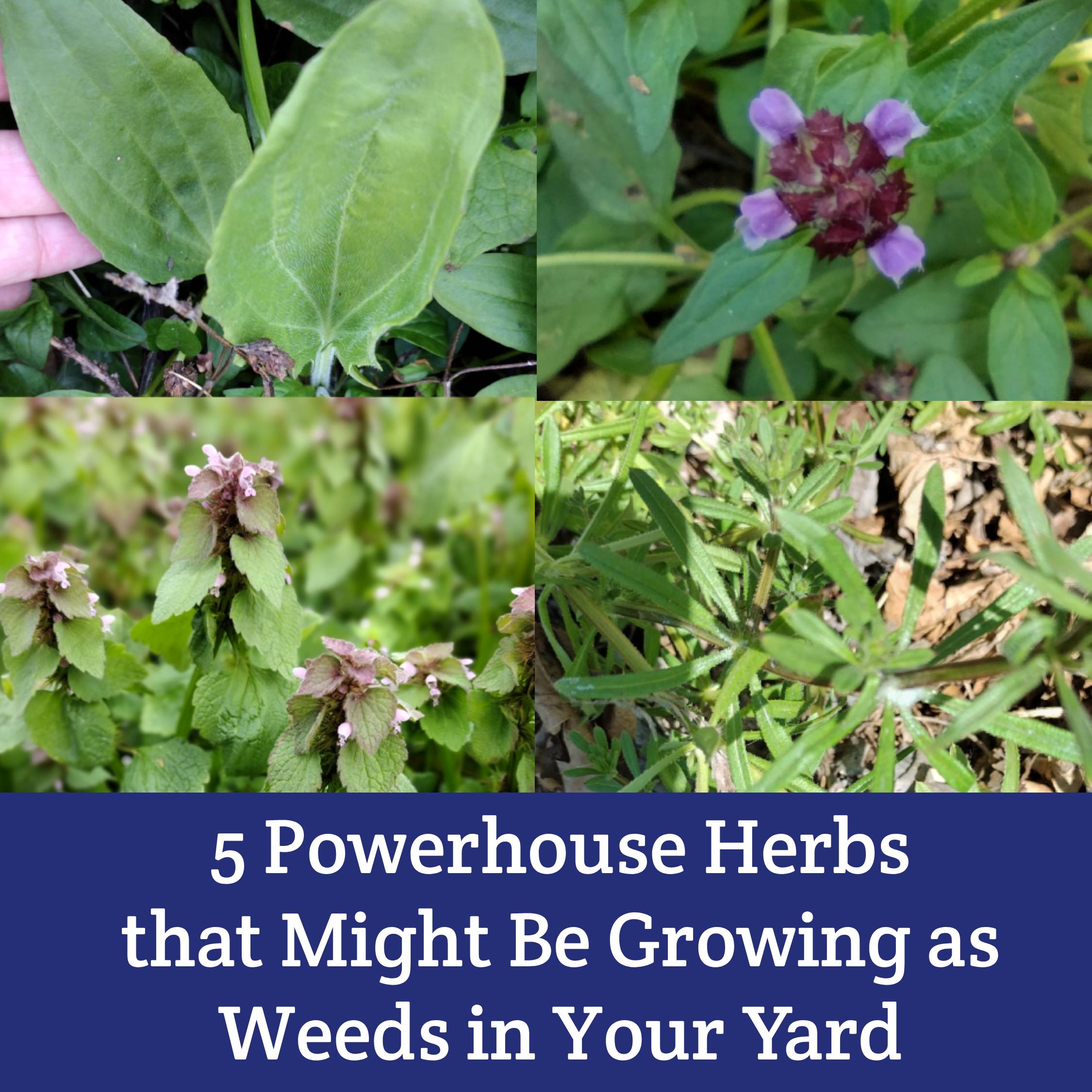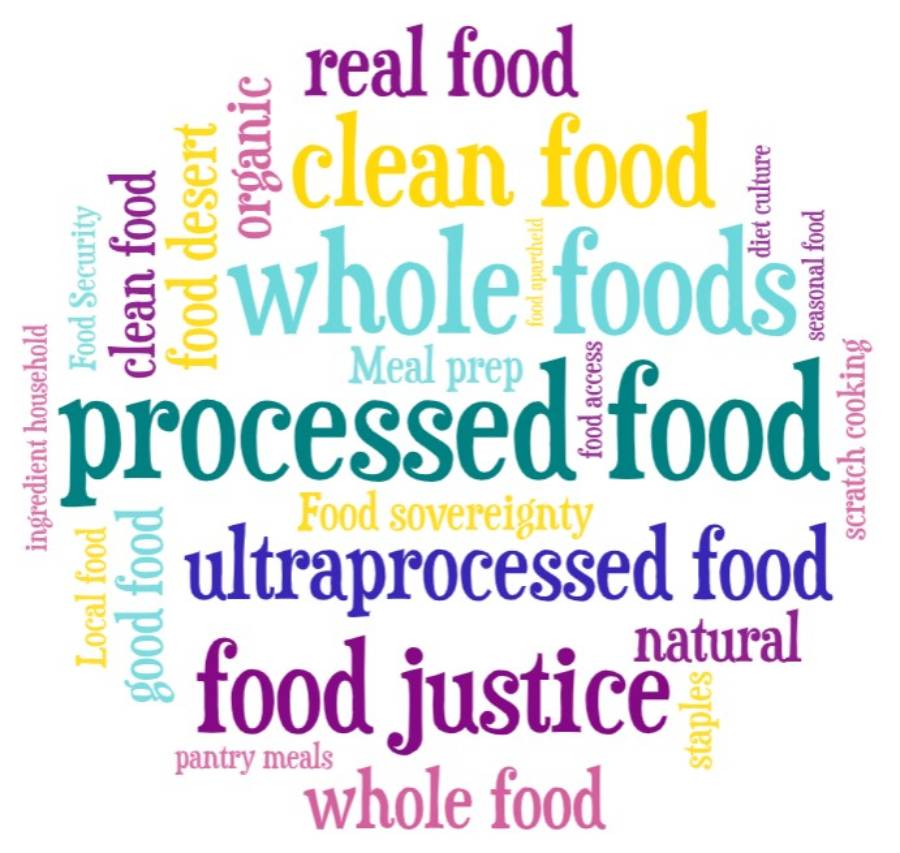
There are some pretty severe limitations with using any one word to define your eating style. From leaving out whole categories of nutritious foods, to judging others for their food choices, the definitions of food terms can be very harmful or just reductive. However, it’s also important to have a basic understanding of terms when we’re talking about food. Having a shared understanding of terms can help us communicate more clearly, advocate for our needs, and recognize larger patterns in our food system. The goal here isn’t to box anyone in. It’s to unpack and understand the words we use so we can talk about food with more accuracy, more care, and more compassion.
I will add to this list if more words seem important to add! Let me know in the comments below if there’s a word you think should be added!
Food Justice & Equity Terms
Food justice: Food justice is the idea that everyone should have access to healthy, affordable, and culturally appropriate food—regardless of where they live, how much money they make, or who they are. It recognizes that our current food system is deeply unequal and often leaves low-income communities and communities of color with fewer choices and worse health outcomes. Food justice isn’t just about getting more fresh food to more people—it’s also about changing the systems that create food insecurity in the first place. That means looking at things like land access, workers’ rights, racial equity, and environmental sustainability. It asks: Who grows the food? Who profits from it? And who gets to decide what’s available?
Food security and food insecurity: Food security means that a person or household has reliable access to enough affordable, nutritious food to support a healthy life. It also includes the idea that people should be able to obtain food in ways that are socially acceptable—not just by relying on emergency food programs. Food insecurity, on the other hand, is when that access is limited or uncertain. It can mean skipping meals, eating less than needed, or choosing cheaper, less nutritious food just to make it through the week. Food insecurity isn’t just about hunger—it’s about not having the freedom or stability to feed yourself or your family the way you want to.
Food apartheid (previously food desert): Food apartheid is a term used to describe the systemic and intentional ways that communities—especially Black, brown, and low-income communities—have been denied access to healthy, affordable food. Unlike the term “food desert,” which makes it sound like the problem is just a natural lack of food, food apartheid points to the policies, racism, and economic disinvestment that caused the problem in the first place. It’s not that food just disappeared—it’s that systems were put in place that made it hard for certain people to access it. The term also invites us to think about solutions that come from the community, not just from outside interventions. It’s about justice, not just access.
Culturally appropriate food: Culturally appropriate food is food that fits a person’s traditions, beliefs, and way of eating. It includes the ingredients, flavors, preparation methods, and eating practices that are familiar and meaningful to someone’s culture. What’s considered healthy or comforting can vary a lot between cultures—and food justice includes the idea that everyone deserves access to the kinds of food that make sense in their own context. That means respecting diverse foodways and not assuming that one type of diet is right for everyone. Culturally appropriate food supports both physical and emotional well-being, and it helps people stay connected to their roots.
Food access: Food access means more than just having a grocery store nearby. It’s about being able to get the kinds of food you want and need—without it being too expensive, too far away, or too hard to prepare. It also includes things like transportation, physical ability, time, and knowledge. Just because food is technically available doesn’t mean it’s accessible for everyone. When we talk about improving food access, we have to look at all the barriers that stand between people and the food they deserve.
Food sovereignty: Food sovereignty is the idea that people should have the right to control their own food systems. That means having a say in how food is grown, harvested, distributed, and eaten—especially in communities that have been historically excluded from those decisions. It’s different from food security, which is mostly about having enough food. Food sovereignty is about who gets to decide what that food looks like and how it gets to you. It’s rooted in Indigenous knowledge and land stewardship, and in the fight for justice, autonomy, and self-determination in food systems.
Food, Health & Diet Language
Healthy food: healthy food is that which maintains or increases general health. Healthy food provides the body with essential nutrients, These foods include fruits, vegetables, minimally processed meats, and whole grains.
Diet culture: This is a set of social beliefs and practices that prioritize controlling one’s body size, often under the guise of health, beauty, or personal responsibility. It shows up in how we talk about food, bodies, and movement, labeling some choices as “good” and others as “bad.” While it often centers around thinness, it can also push rigid ideas of “clean eating,” moralize self-discipline, and shame people for not following certain health trends. Diet culture can be harmful because it makes people feel like their worth is tied to their appearance or food choices.
Volume Eating: this feels like a newer term that’s used a lot in diet and healthy eating spaces. is a strategy where people focus on eating large portions of low-calorie, high-volume foods—like vegetables, fruits, and broth-based soups—to feel full while consuming fewer calories overall. The idea is that by filling up on foods with a lot of water or fiber, you can stay satisfied without needing to restrict portion sizes. Many people who practice volume eating don’t worry about carbs and will include things like rice, potatoes, or fruit in their meals. However, they often try to prioritize higher protein and fiber to support satiety and nutrition. It’s a popular approach among people trying to manage their weight without feeling deprived.
Balanced meal: this is a term that is tossed around a lot as a way to describe a meal that has a lot of variety in food groups, but also has a lot of nutritional value, but is also the right size meal to maintain a healthy body weight. There is a lot of moralizing behind this term. What’s considered “balanced” can vary widely depending on cultural norms, dietary guidelines, or personal health goals. It’s important to recognize that this term is often used to promote a narrow idea of health that may not reflect the needs or realities of all bodies.
Real food (and why we don’t use it): The term “real food” is generally used to mean minimally or un-processed. It’s often used to describe food that is better than other options. However, all food is real food. Real food is the food that you are able to obtain for yourself, food that makes your body or your mind feel good, and is accessible for you to prepare. This looks different for all people., It’s judgmental to call food real or not real that may be the only thing someone can eat because of dietary issues, physical reasons, or really any reason at all. This is a term that is best avoided.
Clean food (and why we don’t use it): For similar reasons, we also stay away from the term “clean food”. This is also used as a judgemental term to refer to people’s food choices. It’s often used in the same way as “real food”. We don’t have any idea why someone makes a particular food choice. We have to assume they are making the best choice for them. Food is only dirty when it has dirt on it, in which case, you may want to rinse it before eating. Or not. My mom always said g*d made dirt so dirt don’t hurt.
Nutrient-dense: you may hear this term in wellness and diet culture spaces. It means that a food has a lot of vitamins and minerals in relation to its weight. Foods that fall under the term nutrient-dense are often low calorie as well.
Calorie-dense: this is a term that comes up in food justice spaces often, especially when we’re talking about processed and ultra processed foods. Simply put, this term would mean that it’s a food that has a lot of calories. However, it’s often used to talk about foods that have a lot of calories, but don’t have a lot of nutritional value.
Plant-based (aka vegan): Plant-based is the new term that is being used in place of vegan. Plant-based and vegan foods do not contain any animal products.
Vegetarian: people who are vegetarian do not eat animal products that require killing the animal. They will eat eggs, honey, and butter, for example.
Pescatarian: people who do not eat meat, with the exception of fish. They will also eat eggs, honey, butter, and other animal products which do not require killing the animal.
Food Processing & Labels
Processed food: Processed foods are any raw agricultural products that have been altered from their natural state. In the past, this term was used to talk about healthy food versus unhealthy food. It was a catch-all to mean anything that isn’t healthy, or comes in a box or another package is processed. However, all food is processed. All food is altered from its original state. Picking it from the field is a process, washing it, freezing or otherwise preserving it is a process. Grinding wheat into flour, turning flour into bread, pasteurising milk, turning that milk into cheese… these are all processes. Just because a food is processed doesn’t make it bad. Less processing doesn’t make a food good. Many foods that we think of as “good” are very processed, like yogurt or cheese. So processing a food doesn’t have anything to do with how desirable or healthy it is.
Ultra processed food: When we’re talking about Ultra-processed foods (UPFs) or highly processed foods, we are generally talking about food that comes in packages, like cookies, crackers, soda, candy, etc…. These are foods that are very calorie dense, but not necessarily very nutrient dense. This means that these foods have a lot of calories, but don’t have much in the way of nutrition. UPFs often have a lot of added sugars, preservatives, and salt. Or they may have less sugar, or salt, but instead have other, less healthy, additives that take their place and create more flavor or to make it last longer.
Minimally processed: This is a term that you may see in wellness spaces or among people who talk about healthy eating. However, as I described in the section on processed food, it really doesn’t mean anything because all food is processed, and the amount of processing doesn’t say very much about how healthy it is. Bread, even a very simple wheat bread that is made at home with just four ingredients is still very processed. Yogurt, with milking the cow, pasteurizing, fermenting, and packaging is still very processed.
Whole Foods: Whole foods are ones which are “unprocessed and unrefined.” However, as we have seen above, all food is processed. In general, whole foods refers to foods that are as close to their natural state as possible. Whole foods include grains, like oats or rice, even though they are processed to be edible. Canned tuna is not considered a whole food, despite it being canned with no additional ingredients.
Organic: Organic food is grown without synthetic pesticides and fertilizers. Organic is one of the few labels you’ll see in the store that actually means something. Products cannot be labeled as organic without oversight from organizations that determine what organic means. Organic produce may still be grown in mono-cultures, and are often trucked in from even further away than conventional produce because the label can be hard to get.
Two important notes about the organic label: 1. Organic growers can still use pesticides and fertilizers, just not synthetic types; and 2. To get organic labeling is very expensive and intensive, which may raise prices. Smaller producers and growers may use organic practices but not be able to afford the organic label. Ask around, you may be able to find organic produce for a cheaper price from a farm that uses organic practices, but can’t afford the label.
Natural: this is a label that means nothing. Any company can slap a “natural” label on their food. There is no oversight or rules about when it should be used. What exactly is natural? Once food has been processed, is it no longer natural? Where is the line? The majority of labels that are put on food products are not governed and don’t actually mean anything.
Hybridization of plants: The process of cross-breeding two different plant varieties or species to create offspring with desirable traits from both parents. This might include better flavor, higher yield, disease resistance, or adaptability to different climates. Hybridization is a traditional plant breeding method that has been used for centuries and happens through controlled pollination, not lab-based genetic engineering. While it does change a plant’s genetics, it’s not considered genetic modification in the modern scientific or regulatory sense.
GMOs (genetically modified organisms): These are plants, animals, or microorganisms whose DNA has been altered using modern genetic engineering techniques—usually in a lab. This can involve inserting genes from a completely different species, like putting bacterial DNA into corn to make it resistant to pests. Many people on the internet will argue that hybridization is the same as genetic modification, since both change the plant’s genetics. But there’s a big difference- hybridization happens through natural or traditional cross-breeding, while GMOs involve direct manipulation of DNA in ways that wouldn’t occur naturally. In the modern and widely accepted definition, GMOs refer specifically to organisms altered through lab-based genetic engineering, not through traditional breeding methods.
Cooking Styles & Kitchen Culture
Radical homemaking: This is a lifestyle based on reclaiming domestic skills, like cooking, gardening, preserving, and repairing, as powerful tools for resistance against consumer culture, sustainability, and community care. It challenges the idea that homemaking is passive or outdated by framing it as an intentional, values-driven choice. Radical homemakers often focus on slowing down, reducing dependence on outside systems, and building meaningful, hands-on lives at home. It’s a rejection of “trad wife” culture, but reclaiming a radical version of taking care of the home. I’ve written more about it here!
Scratch cooking (aka “from scratch”): It used to be “cooking from scratch”, but today I mostly hear “scratch cooking”. This is a term that means the food was cooked, baked, roasted, or otherwise prepared from whole foods or minimally processed ingredients. Scratch cooking does not include creating a food with an already created mix, such as the desserts that start with a boxed cake mix and have other ingredients added to create something else. Scratch cooking also does not usually involve minimally processed ingredients like bread or pasta, though I would argue that it does include yogurt, sour cream, cream cheese, or other very basic foods that have only one or two ingredients. This is perhaps a bit subjective.
Ingredient household: An ingredient household is one where they don’t purchase processed foods. You may see videos on social media about how the person wants a fast snack but all they have are ingredients. This household often makes its own bread, and other staple ingredients. However, I think this is again, subjective. Many ingredient households keep things like chocolate chips, cheese, tortillas, and other processed ingredients in their pantry. In fact, I would say, *most* ingredient households will have sugar, which is a significantly processed ingredient.
Seasonal Eating: this is when people focus on eating foods that are in season in their area. For the most part, this practice is based on the produce that is available in season, but historically all foods had seasons when they were processed. Think of the term spring chicken – this gives us a clue to when chickens were historically butchered. Eggs were more plentiful in the spring, milk changed flavor from spring to summer to fall, and different varieties of wheat grow better during certain times of the year. Nowadays, it’s a lot harder to tell with many food products because we have storage techniques that allow them to be available year round without the quality declining.
Pantry meals: Simply put, pantry meals are those made primarily from items that one keeps in stock in the pantry. These meals may include anything that stores well: beans, rice, broth, canned fruit and vegetables. Canned foods may be store canned or home canned. It can also include dried foods, spices, and baking ingredients. Some people may consider a storage freezer as part of the pantry, in which case, pantry meals may include frozen things like meat, fruit and veggies, and more. Basically, pantry meals are made from food that has been stored, whether it was processed at home or by a company, and whether it’s dry goods or frozen foods.
Batch cooking: Batch cooking is when you make a big quantity of food all at once, then portion it out to eat later. This could look like cooking a giant pot of soup or stew to freeze in smaller containers, or roasting a few sheet pans of vegetables and protein to use throughout the week. Batch cooking is great for saving time, reducing waste, and avoiding takeout on nights when you’re too tired to cook. It’s also helpful if you have specific dietary needs and want to make sure there’s always something in the fridge that works for you. Some people love spending a few hours on the weekend batch cooking, while others just double recipes when they do cook and save the extras.
Meal prep – and how your version may differ: Meal prep is usually used to describe planning and preparing meals ahead of time—like cooking for the whole week on Sunday, or chopping all your vegetables in one go. Social media tends to show a very specific version of meal prep: identical containers, the same meal five days in a row, perfect little snacks all stacked in the fridge. But that’s not the only way to meal prep. My version is more flexible and real-life friendly: maybe it’s washing greens ahead of time, or prepping ingredients you know you’ll want to use later. It can be as simple as cooking extra rice to use for stir-fry one night and fried rice another. You get to decide what works for you.
Staples / stock-the-pantry basics: Pantry staples are the ingredients you always try to have on hand. They’re the building blocks of the meals you make most often—things like rice, beans, canned tomatoes, pasta, spices, flour, oils, or broth. Stocking your pantry with foods you know how to use makes meal planning and last-minute cooking a lot easier. Everyone’s list of pantry staples looks different, depending on how they cook, what foods they like, and what’s accessible to them. And pantry doesn’t just mean dry goods—it can include your fridge and freezer, too.
Growing Practices & Farming Systems
Local food: I think that most people consider local food to be that which is made within their community, or within a certain number of miles radius. However, there are more issues to think about: what about ingredients that cannot be grown in your community? Is it still considered local?
My sibling presented an idea that a local food is one that is purchased within 50 or 100 miles of where it is grown or produced. That means that if you want a food that isn’t grown or produced in your radius, you would order it from the producer and have it shipped to you. I think that’s a great idea for supporting small businesses in their local communities, but still being able to enjoy foods from all over the world.
The idea of eating local or buying local actually has a lot of other issues tied to it. I’ll try to dig into that later in a separate article.
Urban homesteading: This is the practice of applying traditional homesteading skills—like gardening, food preservation, composting, and DIY projects—within a city or suburban environment. It’s about making the most of small spaces to grow food, reduce waste, and live more self-sufficiently. Urban homesteaders often prioritize sustainability, creativity, and intentional living over perfection or scale. While the term “homesteading” originally referred to the 19th-century U.S. Homestead Act, which granted land to settlers willing to farm it, today’s urban homesteading is more about reclaiming those self-reliant practices in modern, often rented or shared, spaces. At its core, it’s about living closer to the land—whatever that looks like in your context.
Urban farming is the practice of growing food—like vegetables, herbs, or small livestock—within city or suburban spaces, such as backyards, rooftops, or vacant lots. It often involves selling or trading food and is usually seen as having an economic component. This is sometimes what sets it apart from urban homesteading, which focuses more on producing food for personal or household use. That said, you don’t have to make money to call yourself a farmer—if you’re growing food with care and intention, the title is yours if you want it. Urban farming is really about producing food in urban spaces and often building connection, resilience, and nourishment within the community.
Mono-culture: Most conventional grocery store produce is grown in large mono-cultures. These are huge farms that only grow one crop. They may have multiple areas with single crops – like a large number of acres planted in corn, another large number of acres planted in carrots, etc…. Mono-cultures are a problem for the land because it strips the land of nutrients by being planted in such large amounts of the same item, often without rotating crops or letting the land replenish itself. It also doesn’t support the biodiversity of pollinators, and can lead to disease. In Oregon, we have a huge problem with a blight on filberts because the same variety was planted all over the state, making them more susceptible to the disease.
Poly-culture: The opposite of mono-culture. This is when a farm plants a variety of crops. They may plant smaller acreages next to plantings of other things, or they may inter-plant their produce with, for example, rows of corn between the rows of cucumbers. In addition to encouraging biodiversity and discouraging disease, this practice also allows farmers to take into account that tall plants may provide shade for plants that prefer cooler weather. It also allows for planting of nitrogen fixers next to nitrogen users, so the soil is continuously replenished.
Regenerative Agriculture: this is a method of farming that is focused on rebuilding and replenishing the soil as it is being used for growing (or left fallow). Regenerative agriculture regenerates the topsoil, encourages biodiversity, and improves the water cycle. The practice is based on permaculture and other management systems that are centered on rebuilding the soil and water health.
Permaculture: permaculture is a growing and settling system based on existing natural ecosystems that can be observed in the wild. There are 12 tenets of permaculture which can be applied to any size property. It’s based on the idea of setting up growing systems that work, and allowing them to evolve and grow with minimal human interference over time. Permaculture involves “whole system thinking” – observing how different aspects (plants, water, sun, slopes, etc…) work together and imitating or creating similar systems on one’s own property. The term permaculture was coined in 1978, and has inspired many regenerative growing movements since!
Chaos gardening: A low-effort, high-surprise method of planting where you mix together a bunch of different seeds and scatter them in a garden bed to see what grows. It embraces unpredictability, diversity, and fun over careful planning or control. I’ve written about how I use chaos gardening in my yard – you can read it here!
Community Supported Agriculture (CSA): CSA stands for Community Supported Agriculture, and it’s a model where people buy a “share” of a local farm’s harvest at the start of the season. Then, throughout the growing season, they get regular boxes or bags of produce (and sometimes eggs, meat, or flowers) from that farm. It’s a way to directly support local farmers while getting fresh, seasonal food. CSAs help build relationships between the people who grow food and the people who eat it, and they share the risks and rewards of farming. However, CSAs can be cost-prohibitive or too rigid for some households, especially if the pick-up times or box contents don’t match their schedules or needs.

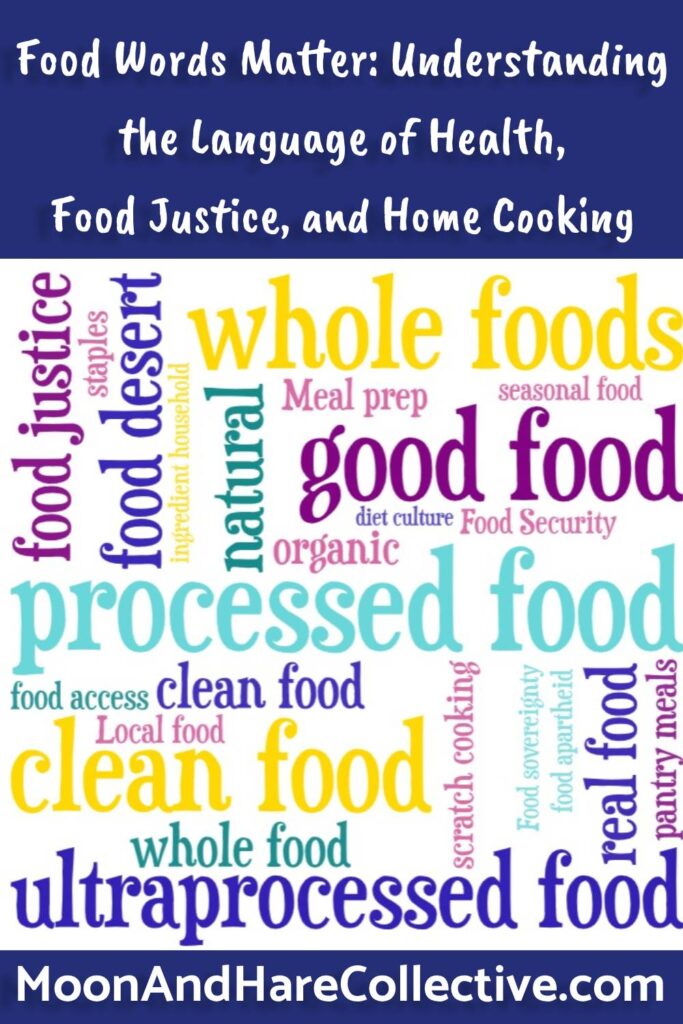
References:
- https://nutritionsource.hsph.harvard.edu/processed-foods/
- https://en.wikipedia.org/wiki/Whole_food
- https://en.wikipedia.org/wiki/Clean_eating
- https://en.wikipedia.org/wiki/Healthy_diet
- https://pmc.ncbi.nlm.nih.gov/articles/PMC10260459/
- https://yourlocalepidemiologist.substack.com/p/a-nuanced-look-at-ultra-processed
- https://www.newyorker.com/magazine/2025/01/13/why-is-the-american-diet-so-deadly
- https://en.wikipedia.org/wiki/Regenerative_agriculture
- https://en.wikipedia.org/wiki/Permaculture
- https://www.cancer.gov/publications/dictionaries/cancer-terms/def/nutrient-dense-food
- Bacon, L. 2010. Health at Every Size: The Surprising Truth About Your Weight.
- Alkon, A. H., & Agyeman, J. (2011). Cultivating Food Justice: Race, Class, and Sustainability. MIT Press.
- Gottlieb, R., & Joshi, A. (2010). Food Justice. MIT Press.
- Harper, A., et al. (2009). Food for Thought: The Case for Food Justice. WhyHunger.
- La Via Campesina. (2007). Declaration of Nyéléni – Food Sovereignty.
- USDA. (n.d.). Definitions of Food Security. https://www.ers.usda.gov/topics/food-nutrition-assistance/food-security-in-the-u-s/
- Minkoff-Zern, L.-A. (2019). The New American Farmer: Immigration, Race, and the Struggle for Sustainability. MIT Press.
- Holt-Giménez, E., & Patel, R. (2009). Food Rebellions! Crisis and the Hunger for Justice. Pambazuka Press.

